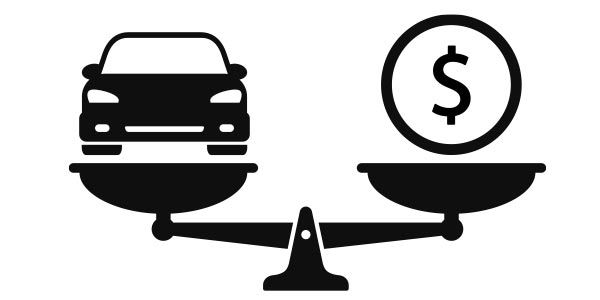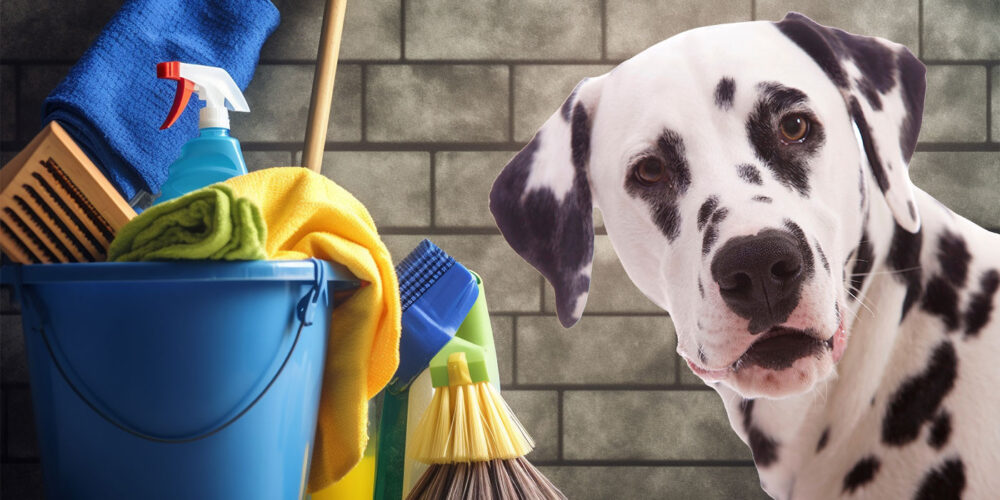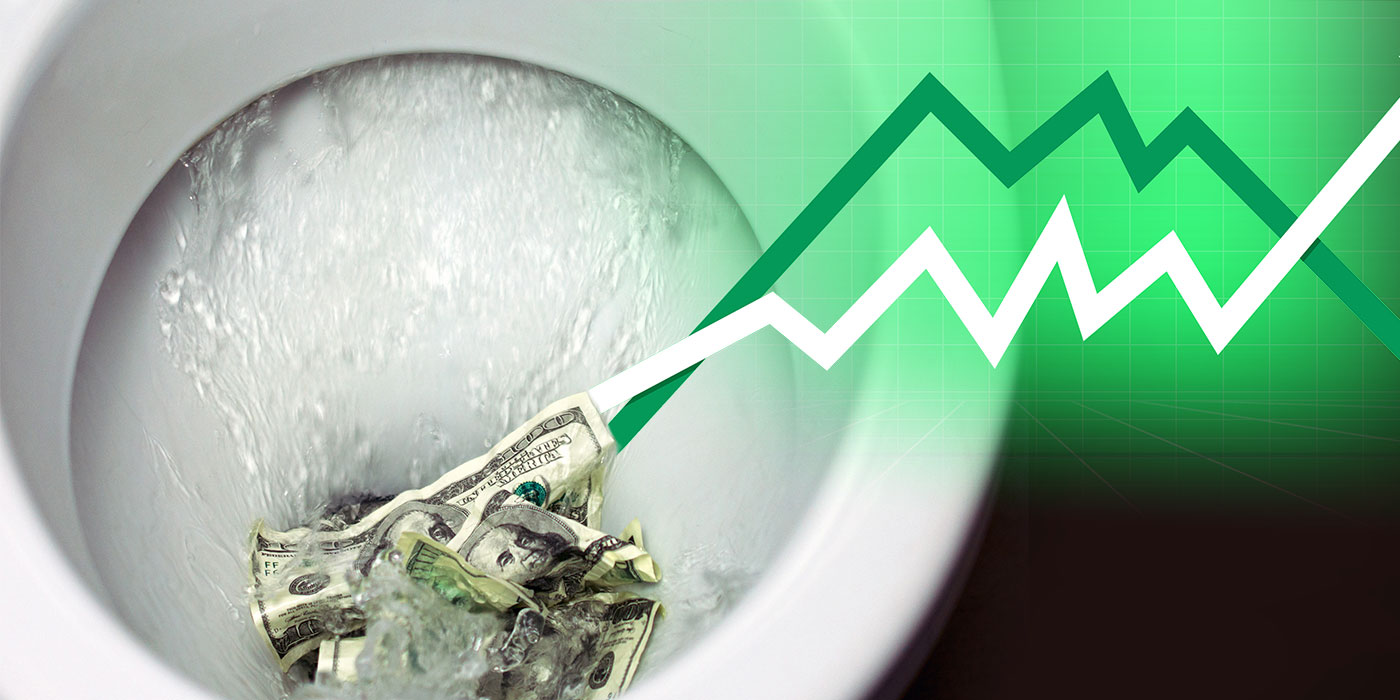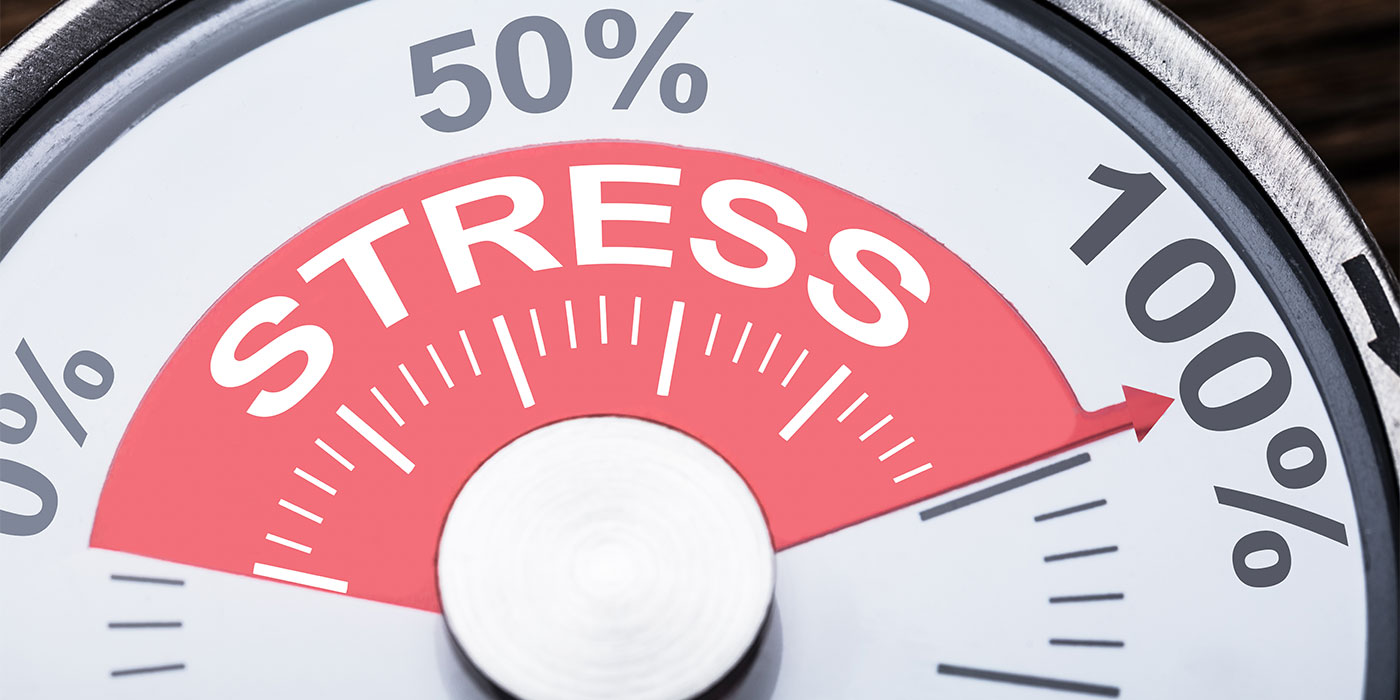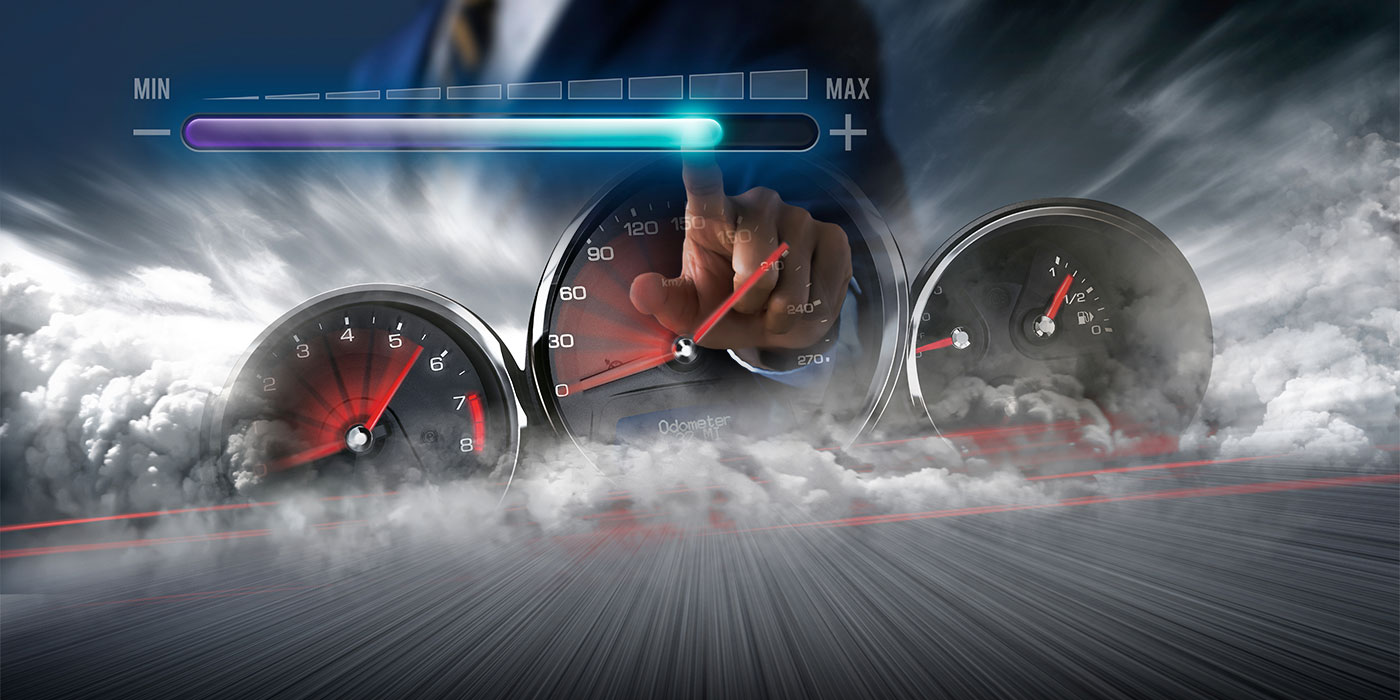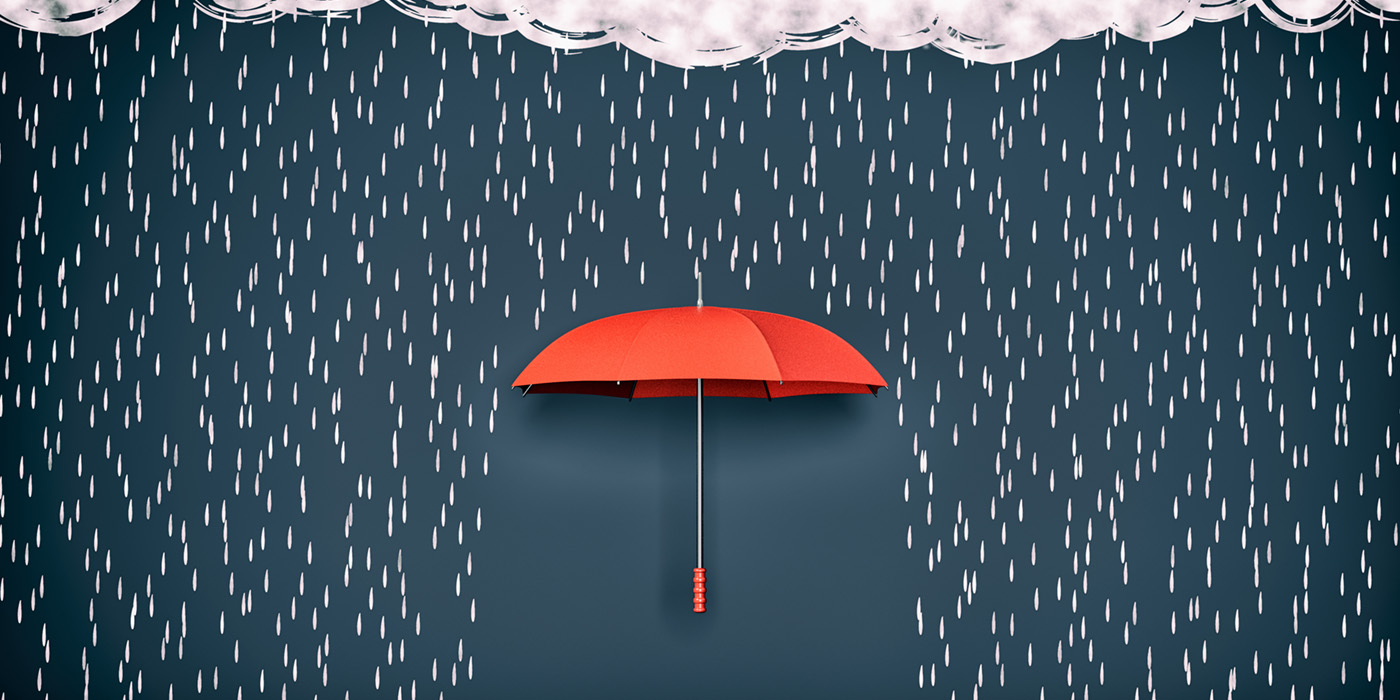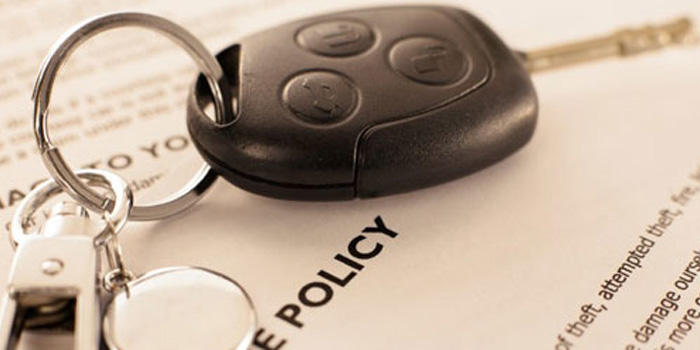In January 2022, a customer walked into a suburban Cleveland, Ohio, Mercedes-Benz dealership and paid $50,000 over the manufacturer’s suggested retail price of $165,000 for a G-Wagon. In 2022, paying more than MSRP is a common scenario for new and used cars, as the law of supply and demand causes frustration for car-dependent Americans and the body shops that service them.
Along with labor shortages and supply chain issues, drivers have inflation to thank for continued high car prices in 2022. Overall consumer inflation soared 7% in 2021, the biggest increase in nearly 40 years, the U.S. Department of Labor recently reported. Used car and truck prices, a significant cause of the surge, rose 37% last year, with the average used vehicle now costing $29,000, according to Edmunds.
Warning Signs
Soaring vehicle prices for new and used cars, real estate and just about everything else — combined with labor and supply shortages — are warning signs for body shop owners to review their insurance coverage options and limits early and often.
Typically, small businesses — including collision repair facilities — renew insurance policies online each year and rarely look at coverages with their agent, who often has bigger priorities. Their relationship with their agent is transactional, and who wants to think about insurance coverages anyway?
Since many body shops are small businesses that often have their insurance policies on auto pilot, owners may be unaware that current economic conditions could cause big headaches — and big losses. For example, shop owners may have exposure by unknowingly carrying inadequate limits — especially during uncertain economic environments.
With prices of new and used cars up 37% in 2021, garagekeeper’s insurance is most valuable when it is in parity with current vehicle replacement values. What may have been adequate coverage five years ago — $75,000 to $100,000 — may not adequately cover an unexpected loss in today’s market conditions. Body shop owners may want to consider doubling their limits for protection.
Think about it this way: You pay insurance for a reason; why would you want to pay a monthly expense that won’t perform the way you think it will? The answer for overworked small business owners is to take time to review their garagekeeper’s policy limits and approach the process without apprehension. The product needs to perform, and working with your insurance professional to run a quick analysis is a valuable exercise that could reduce stress, anxiety and frustration if the unexpected occurs.
Six Steps
Body shop owners are encouraged to take control before a loss occurs where they find out they’re sadly under-insured for replacement costs of their valuables, including buildings, land, customer property, tools and equipment. Because ongoing inflation issues have the potential to result in heightened premium costs, coverage restrictions and underinsurance concerns, it’s important for policyholders to do what they can to minimize such complications.
Six steps body shops can take to minimize exposure are:
- Have policy renewal conversations early. Especially amid these challenging market conditions, business owners should work with their trusted insurance professionals to discuss the coverage renewal process well in advance of expiration dates. Doing so will allow shop owners to stay properly informed on the latest inflation trends and give them ample time to prepare for potential policy changes — particularly as it pertains to pricing — prior to renewal. Going forward, policyholders may want to have quarterly meetings with their insurance professionals to ensure they’re able to adjust their coverage as needed in this evolving inflationary landscape.
- Review coverage terms and conditions. When meeting with trusted insurance professionals, policyholders should also make sure to obtain assistance in reviewing their coverage terms and conditions, paying attention to any exclusions. Further, it’s crucial that insureds assess policy limits (and sub-limits, if applicable) to determine whether they’ll be adequately covered following a loss. If policyholders or insurance professionals identify underinsurance issues, they may want to update their coverage and consider purchasing policy endorsements to maintain proper protection.
- Review replacement valuations for tools and equipment. Ask your vendors to stop by the shop and provide information about current replacement values for your tools and equipment. If you have $100,000 worth of tools and equipment — and you’ve had them forever — you may be surprised that your $100,000 insurance policy does not cover the cost of the replacement value of the tools and equipment in today’s marketplace.
- Reassess property valuations. Regarding commercial property insurance, business owners should be sure that their coverage reflects correct property valuations. With property repair and rebuilding costs on the rise, shop owners must confirm that the valuations in their policies would cover current recovery expenses after a loss. Otherwise, outdated valuations could leave them underinsured if the cost of repairing or rebuilding properties exceeds existing coverage limits. Policyholders are encouraged to enlist the help of reputable contractors to provide estimates for the replacement values of their properties.
- Consider business income coverage needs. At a minimum, a 12-month business income replacement policy is recommended, which provides funds to rebuild, re-store, dig out or dry out in the event of a covered loss. Due to labor shortages and supply chain issues, business income coverage is more important than ever.
- Ensure adequate risk management practices. Policyholders should make sure they have effective risk management measures in place to prevent potential claims. By documenting these measures and sharing them with their insurers, policyholders may qualify for a discount.
Market Value vs. Replacement Value (Cost)
The amount you paid for your property, equipment and tools as well as their current market value have nothing to do with a key factor in determining your insurance coverage. In the insurance industry, it’s all about replacement cost. What does that mean? Replacement costs represent not what your goods or property are worth in today’s market but what it costs to replace them.
Let’s use an example with garagekeeper’s insurance coverage. The market value of a car today includes depreciation. So, a 2019 Cadillac Escalade could have a market
value ranging from $60,000 to $75,000 today — even though the buyer paid much more.
The replacement value of a similar Cadillac Escalade in 2022? Kelly Blue Book provides a range starting at $76,295 to over $100,000. Therefore, if you carry $75,000 worth of garagekeeper’s coverage, you could be exposed following a loss. And that’s only one car!
Remember to always consider full replacement value (cost) when choosing limits on body shop insurance policies.


